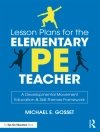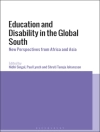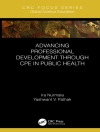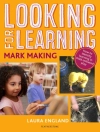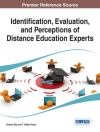Young homeless people are ordinary young people trapped in an extraordinary situation. This accessible guide provides information and advice on how to understand the needs of these young people, and how to ensure they are supported effectively.
It combines the latest research and practice to establish what works best when helping young homeless people and provides insights into their world through diary excerpts and interviews. Key issues covered include the relationship between drug and alcohol misuse and youth homelessness, current policies on housing and support for homeless youths and strategies for renewing a young person’s familial bonds and friendships after an experience of homelessness.
This book is an invaluable guide for anyone working with young homeless people, including youth workers, counsellors, social workers, residential care staff, teachers, health visitors and managers in the housing, education, health and social welfare sectors.
Cuprins
Introduction – What this Book is About. 1. Definitions and Measures of Youth Homelessness. 2. Characteristics of Young Homeless People. 3. A History of Youth Homelessness. 4. A Geography of Youth Homelessness. 5. Something to Do – Education, Training and Employment. 6. Family – A Help or a Hindrance? 7. Friends and Acquaintances – Helping Young People to Maintain and Rebuild Social Networks. 8. Drugs and Alcohol – Dealing with Substance Misuse. 9. Housing and Support – Working for Sustainable Futures. 10. The Human Factor – What Works When Responding to Adolescent Behaviour. 11. The Future of Services for the Homeless. Appendix: The Quarriers Research Project – How Young People’s Views Can Be Heard.
Despre autor
Phil Robinson, Ph D, MPhil (Urban Policy), CQSW, is a qualified social worker who has worked for 35 years in both statutory and voluntary sectors. He is Chief Executive of Quarriers, a registered Scottish charity providing care and support for adults and children with a disability, children and families, young people, homeless young people, people with epilepsy and carers.




